I've been exploring query optimizations in the recent releases of Spark SQL 2.3.0-SNAPSHOT and noticed different physical plans for semantically-identical queries.
Let's assume I've got to count the number of rows in the following dataset:
val q = spark.range(1)
I could count the number of rows as follows:
q.countq.collect.sizeq.rdd.countq.queryExecution.toRdd.count
My initial thought was that it's almost a constant operation (surely due to a local dataset) that would somehow have been optimized by Spark SQL and would give a result immediately, esp. the 1st one where Spark SQL is in full control of the query execution.
Having had a look at the physical plans of the queries led me to believe that the most effective query would be the last:
q.queryExecution.toRdd.count
The reasons being that:
- It avoids deserializing rows from their
InternalRowbinary format - The query is codegened
- There's only one job with a single stage
The physical plan is as simple as that.
Is my reasoning correct? If so, would the answer be different if I read the dataset from an external data source (e.g. files, JDBC, Kafka)?
The main question is what are the factors to take into consideration to say whether a query is more efficient than others (per this example)?
The other execution plans for completeness.



